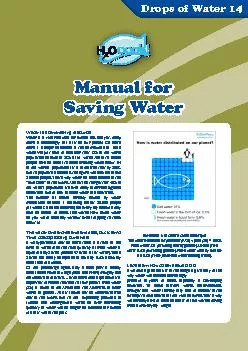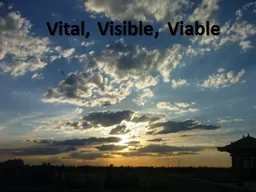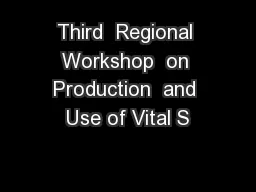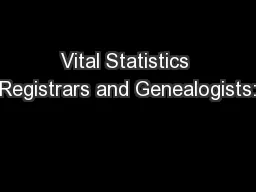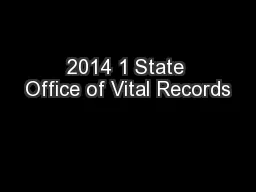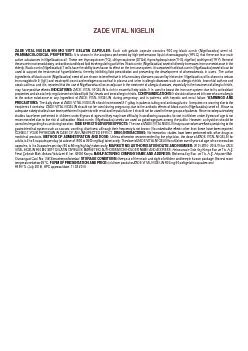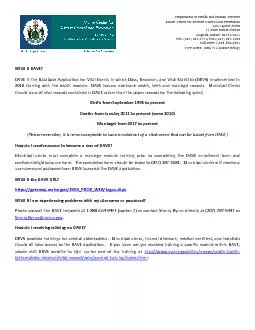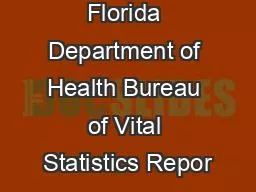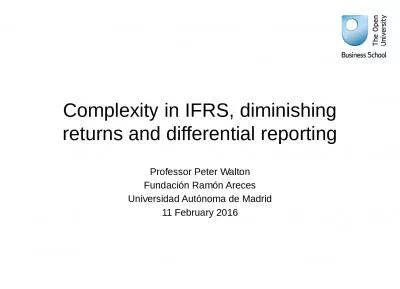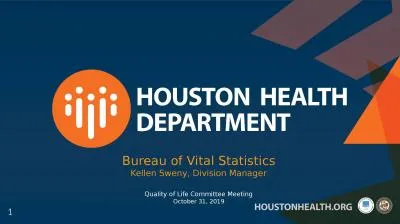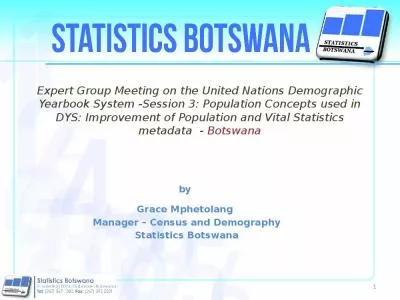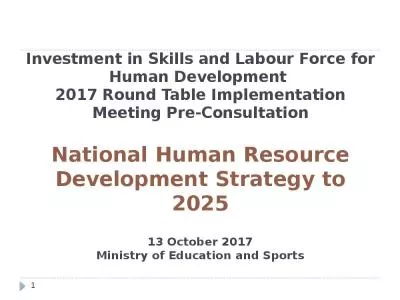PDF-Water is a diminishing resource!Water is a vital resource for human li
Author : danika-pritchard | Published Date : 2015-08-27
Drops of Water 14 Manual for Saving Water MANUAL FOR SAVING WATERWhat would you be prepared to do to help save water Would you melt an iceberg or take the salt out
Presentation Embed Code
Download Presentation
Download Presentation The PPT/PDF document "Water is a diminishing resource!Water is..." is the property of its rightful owner. Permission is granted to download and print the materials on this website for personal, non-commercial use only, and to display it on your personal computer provided you do not modify the materials and that you retain all copyright notices contained in the materials. By downloading content from our website, you accept the terms of this agreement.
Water is a diminishing resource!Water is a vital resource for human li: Transcript
Download Rules Of Document
"Water is a diminishing resource!Water is a vital resource for human li"The content belongs to its owner. You may download and print it for personal use, without modification, and keep all copyright notices. By downloading, you agree to these terms.
Related Documents

